Dinolingo
Dinolingo was founded by Serdar Acar, who recognized a significant gap in language learning resources tailored specifically for children. His journey began while attending New York University, where he identified the need for an engaging, child-friendly method of language learning. This insight led him to create Dinolingo, a platform designed to make language learning fun and accessible for young learners across the globe. Acar's dedication has propelled Dinolingo into a widely recognized brand in the educational sector, with a reach spanning numerous countries and impacting millions of users.
Differentiation: What Makes Dinolingo Special Dinolingo sets itself apart with its total immersion method, which excludes translations to avoid confusing children. The program incorporates imaginative and repetitive techniques to keep children engaged, which is essential for young learners. This focus on creating a natural learning environment without interruptions is unique in the field of children's language education (DinoLingo).
How to Get Started Getting started with Dinolingo is straightforward. Parents can sign up on the website and choose a subscription plan that suits their needs. The platform is compatible with various devices, allowing flexibility in how and where children can learn.
How it Works Dinolingo is designed as an open-and-go, fully immersive curriculum. Recommended usage is about 5-10 minutes daily, making it ideal for busy homeschooling schedules. The activities range from interactive games to storytelling videos, which are designed to be primarily independent, though parental guidance can enhance the learning experience (DinoLingo).
Educational Content
Dinolingo offers an extensive range of languages and educational content, including:
Over 50 different languages
More than 35,000 interactive activities
Videos, audiobooks, games, progress tests
Offline materials like worksheets, posters, and flashcards (DinoLingo).
Foreign Languages Offered
Dinolingo offers a comprehensive range of languages, catering to a wide range of linguistic interests and educational needs. Here is a detailed bulleted list of the languages available on Dinolingo:
Albanian: An Indo-European language spoken primarily in Albania and Kosovo, known for its unique grammar and vocabulary.
Arabic: A widely spoken Semitic language across the Middle East and North Africa, with numerous dialects and a rich literary tradition.
Armenian: An Indo-European language with a unique script, spoken in Armenia.
Bulgarian: A South Slavic language using the Cyrillic alphabet, spoken in Bulgaria.
Cantonese: A major Chinese dialect with a complex tonal system, spoken in Guangdong province and Hong Kong.
Chinese: Primarily referring to Mandarin, the most spoken language globally, using logographic characters.
Creole: Languages that develop from blending multiple languages, often in colonial contexts, simplifying grammar and incorporating diverse vocabulary.
Croatian: A South Slavic language using the Latin alphabet, spoken in Croatia.
Czech: A West Slavic language with a complex system of noun cases and verb conjugations, spoken in the Czech Republic.
Danish: A North Germanic language with a complex pronunciation system, spoken in Denmark.
Dutch: A West Germanic language with compound words and guttural sounds, spoken in the Netherlands and Belgium.
English: A West Germanic language with a rich vocabulary, spoken worldwide.
Portuguese (EU): A Romance language with distinctive phonetics and grammar, spoken in Portugal.
Finnish: A Uralic language with a unique grammatical structure, spoken in Finland.
French: A Romance language known for its nasal vowels, spoken in France and many other countries.
German: A West Germanic language with compound words and inflectional grammar, spoken in Germany, Austria, and Switzerland.
Greek: An Indo-European language with a unique script, spoken in Greece and Cyprus.
Gujarati: An Indo-Aryan language with a rich literary tradition, spoken in the Indian state of Gujarat.
Hawaiian: A Polynesian language with a simple phonological system, spoken in Hawaii.
Hebrew: A Semitic language with historical and religious significance, spoken in Israel.
Hindi: An Indo-Aryan language with complex grammar, spoken widely in India.
Hungarian: A Uralic language with numerous cases, spoken in Hungary.
Indonesian: An Austronesian language with relatively simple grammar, spoken in Indonesia.
Irish: A Goidelic Celtic language with a rich oral and written tradition, spoken in Ireland.
Italian: A Romance language known for its musicality, spoken in Italy.
Japanese: A language isolate with a complex writing system, spoken in Japan.
Korean: A language isolate with the Hangul script, spoken in both North and South Korea.
Latin: An ancient Italic language once spoken in the Roman Empire.
Malay: An Austronesian language spoken in Malaysia, Brunei, and parts of Indonesia.
Norwegian: A North Germanic language with two written forms, spoken in Norway.
Polish: A West Slavic language with complex phonology, spoken in Poland.
Portuguese (Brazil): A Romance language with distinct phonetics and vocabulary, spoken in Brazil.
Romanian: A Romance language with a significant Slavic influence, spoken in Romania.
Russian: An East Slavic language using the Cyrillic alphabet, spoken in Russia and other former Soviet states.
Serbian: A South Slavic language using both Cyrillic and Latin alphabets, spoken in Serbia.
Slovak: A West Slavic language with a rich system of noun cases, spoken in Slovakia.
Spanish: A Romance language with global influence, spoken in Spain and many countries in Latin America.
Swahili: A Bantu language with significant Arabic influence, spoken in East Africa.
Swedish: A North Germanic language with simple grammar, spoken in Sweden.
Tagalog: An Austronesian language with a rich literary tradition, spoken in the Philippines.
Tamil: A Dravidian language with an ancient literary tradition, spoken in southern India and Sri Lanka.
Thai: A Tai-Kadai language with a complex tonal system, spoken in Thailand.
Turkish: A Turkic language with vowel harmony, spoken in Turkey and Cyprus.
Ukrainian: An East Slavic language using the Cyrillic alphabet, spoken in Ukraine.
Urdu: An Indo-Aryan language with a rich literary tradition, spoken in Pakistan and India.
Vietnamese: An Austroasiatic language with a tonal system, spoken in Vietnam.
Welsh: A Brythonic Celtic language with a rich oral tradition, spoken in Wales.
Yiddish: A Germanic language with significant Hebrew and Slavic influences, traditionally spoken by Ashkenazi Jews.
Zulu: A Bantu language with complex noun classes, spoken in South Africa.
This diverse selection ensures that learners have access to languages from all over the world, from the most commonly spoken to the more region-specific ones, allowing children to explore global cultures through language
What’s Good About It Users often praise Dinolingo for its engaging content and user-friendly interface, which make it appealing to children. The diversity of languages offered, from common ones like Spanish and French to less typical options like Welsh and Latin, is highly valued. The colorful animations and interactive elements keep children interested and motivated to continue learning.
What Could Be Improved While Dinolingo is widely appreciated, some users feel that the program could benefit from more varied levels of difficulty tailored to different age groups. Additionally, while the immersion method is effective, some parents suggest that supplemental materials explaining the language rules might be helpful for older children or those at an intermediate level.
Any Advice from Parents on How to Get the Most Out of It Parents recommend creating a consistent routine to make language learning a regular part of the child’s day. They also suggest engaging with the material alongside the child occasionally to boost motivation and help reinforce the language skills being learned.
Who It’s an Ideal Fit For Dinolingo is particularly well-suited for young children just beginning their language learning journey. Its engaging, colorful interface and variety of games and activities make it ideal for keeping young learners' attention focused on learning a new language.
Who It’s Probably Not a Fit For The program may not be as suitable for older children or those who are looking for more rigorous academic language studies. It is designed for fun and engagement rather than structured language instruction that older or more advanced students might require.
Grades Dinolingo is best for children in kindergarten through elementary school, typically ages 2 to 12.
Cost Subscription options vary, typically ranging from $14.95 to $19 per month, with discounts available for annual commitments.
Ways to Get It Dinolingo can be accessed through its website with various subscription plans available. Interested users can start with a free trial to explore the program before committing to a subscription (DinoLingo).
Affiliate Disclaimer: Some links on our site are affiliate links, which means Modulo may earn a small commission if you purchase through them (at no cost to you). Rest assured, we only recommend resources we’ve rigorously vetted and truly love—affiliate link or not. Thank you so much for supporting our work!
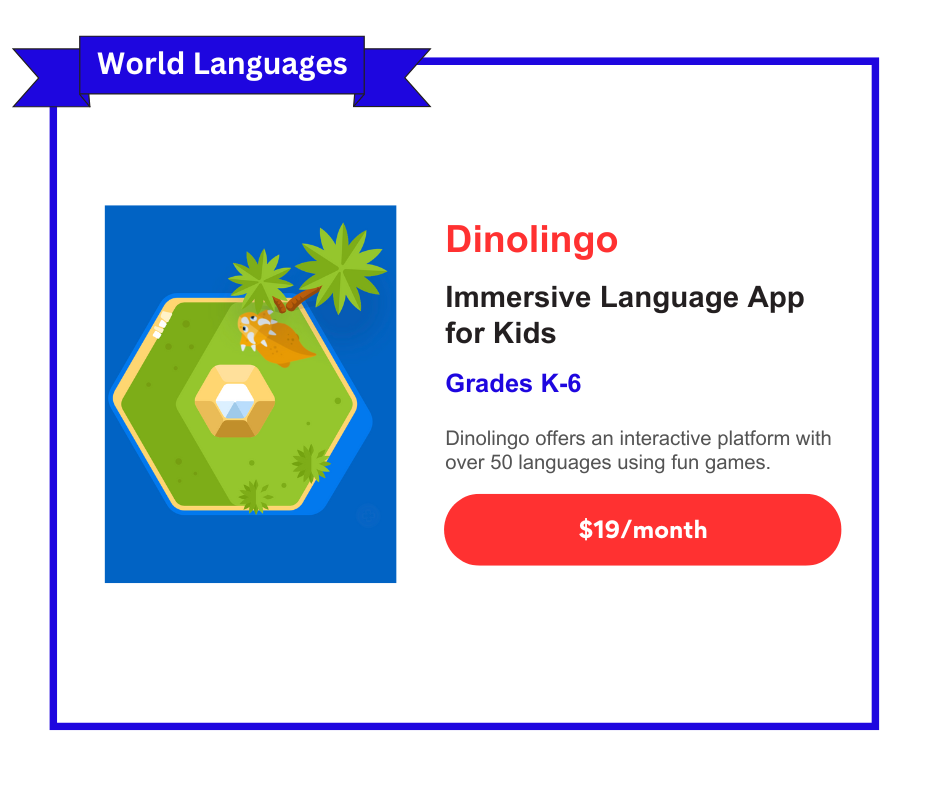
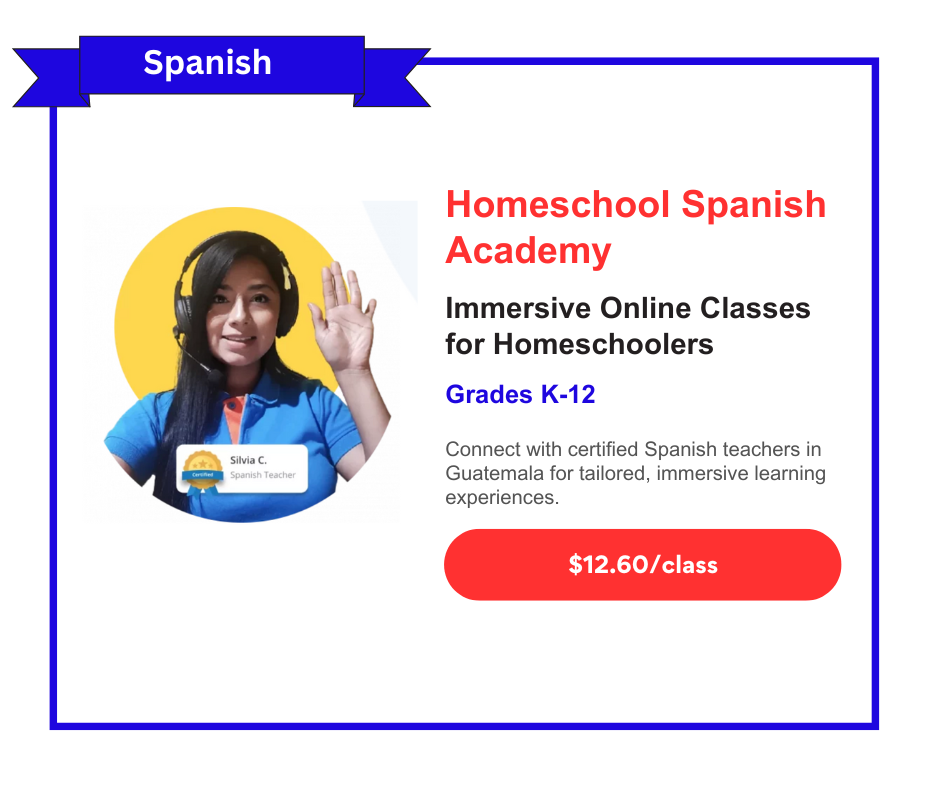


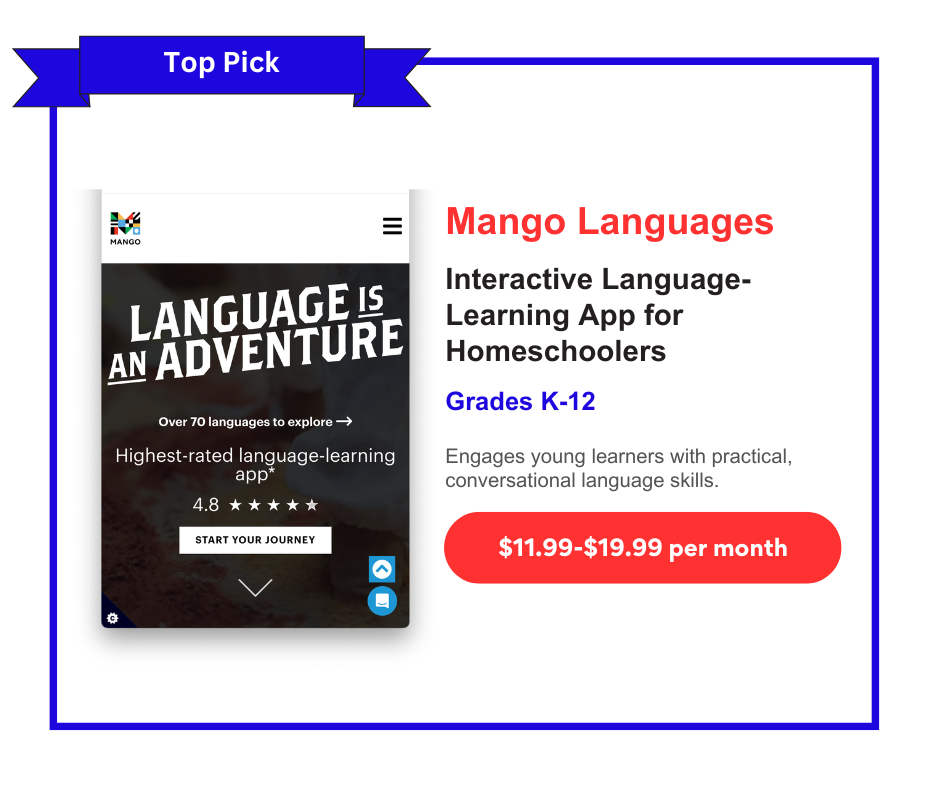
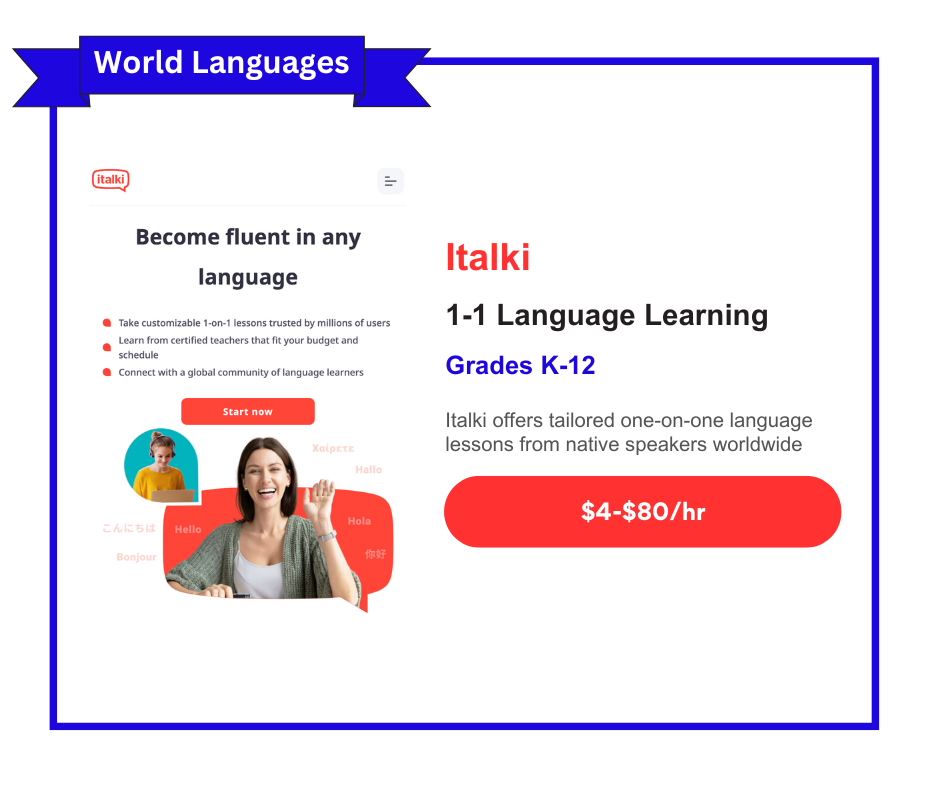

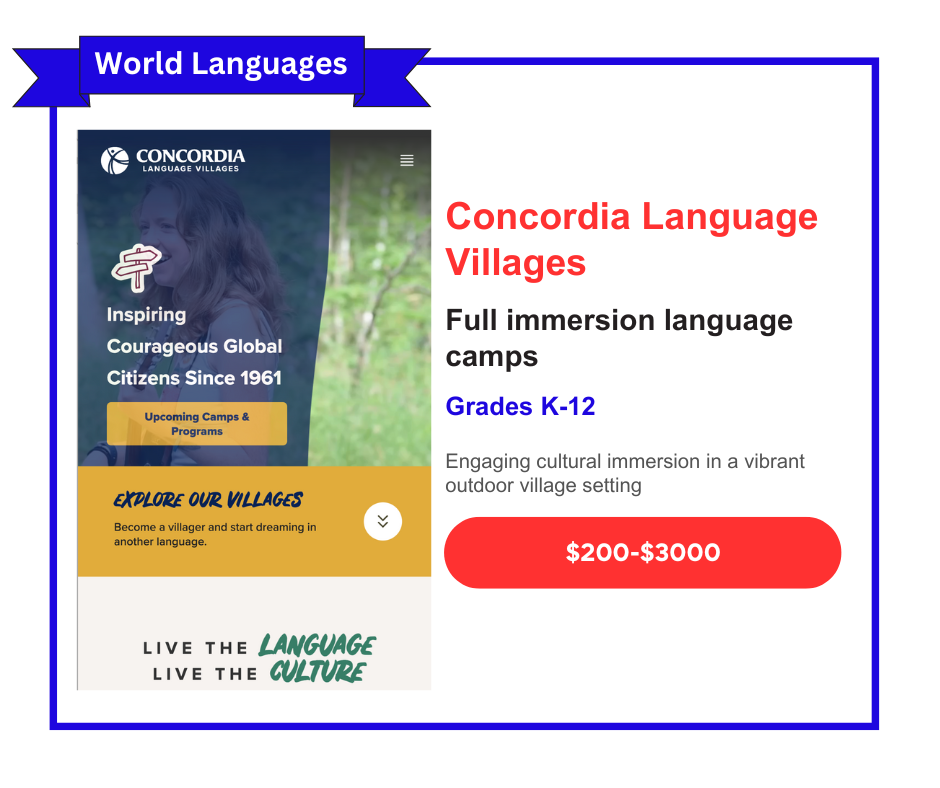

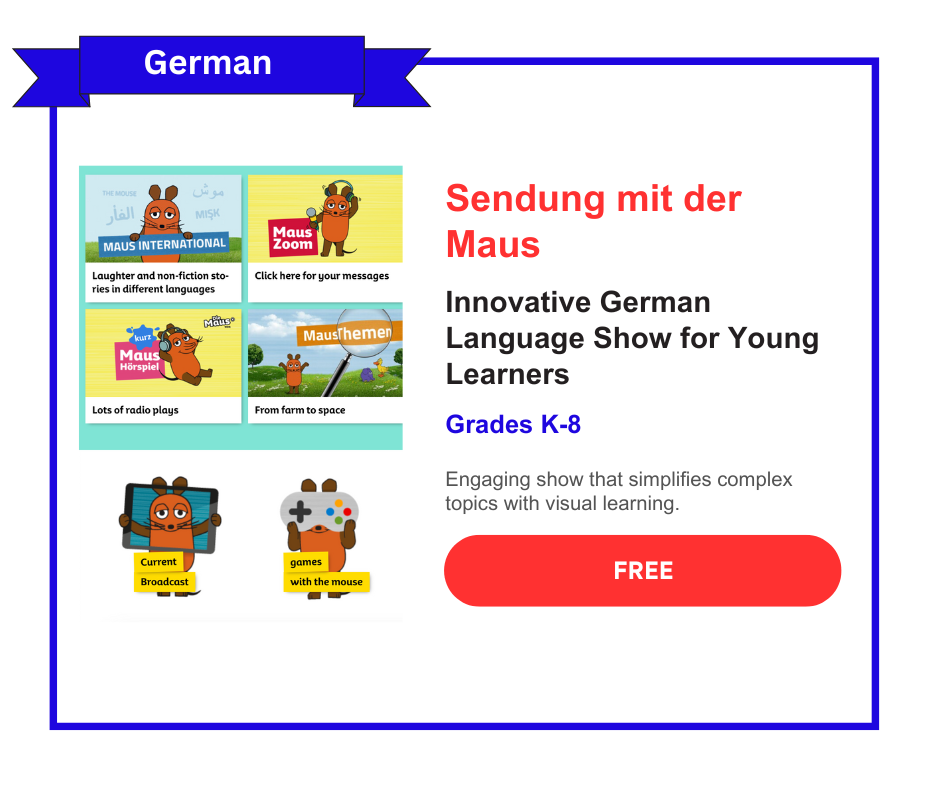


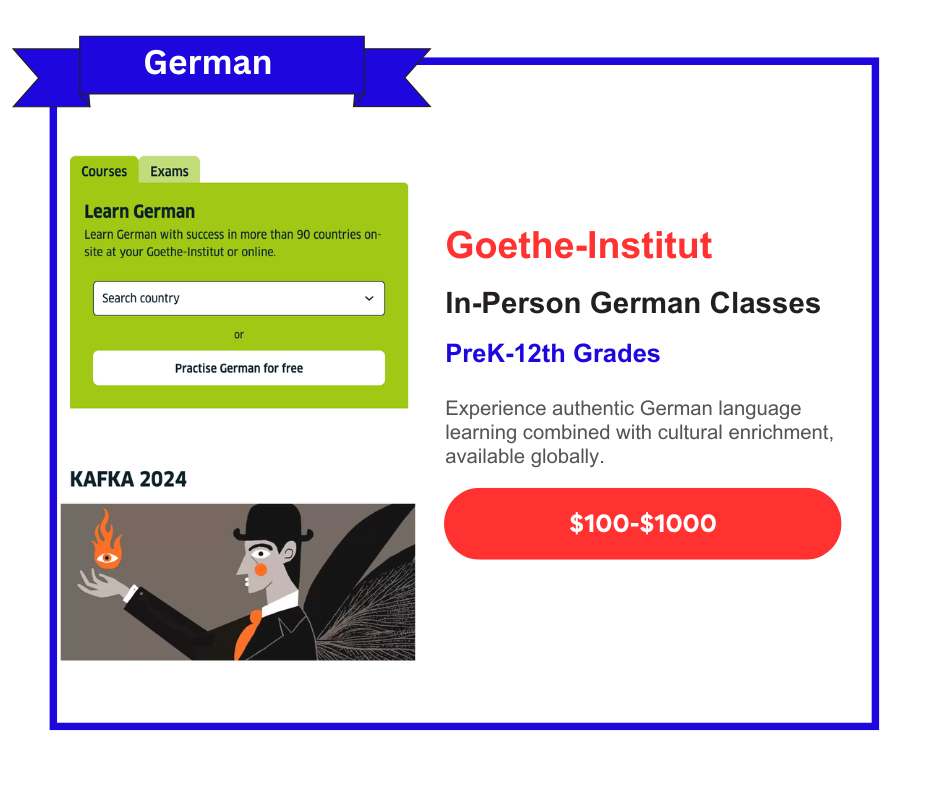
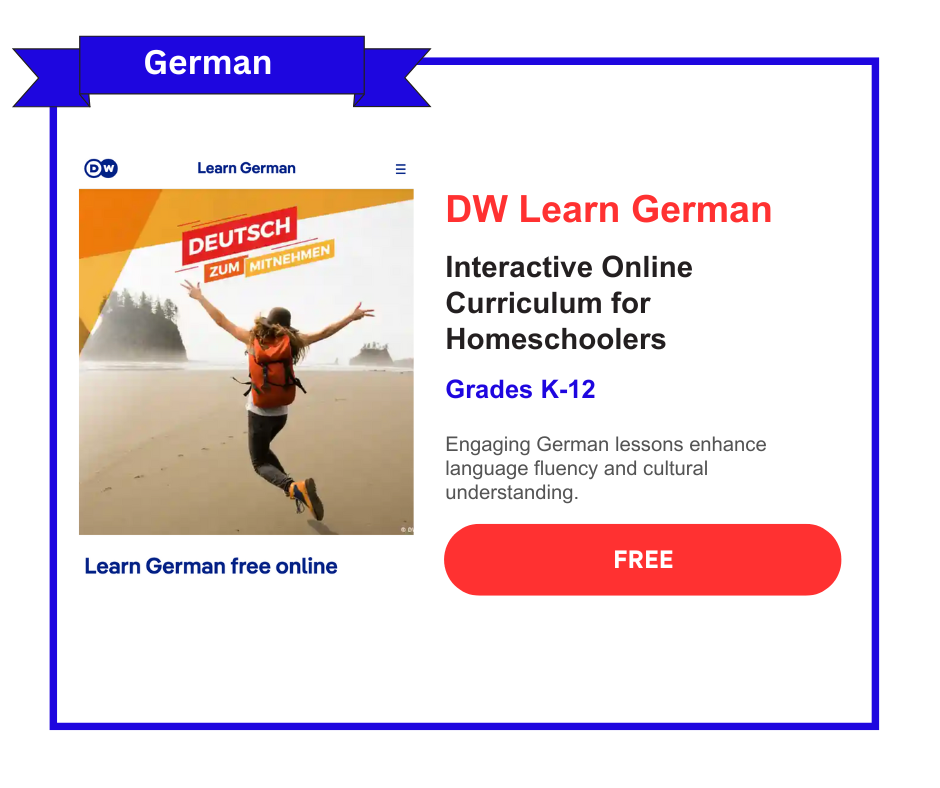
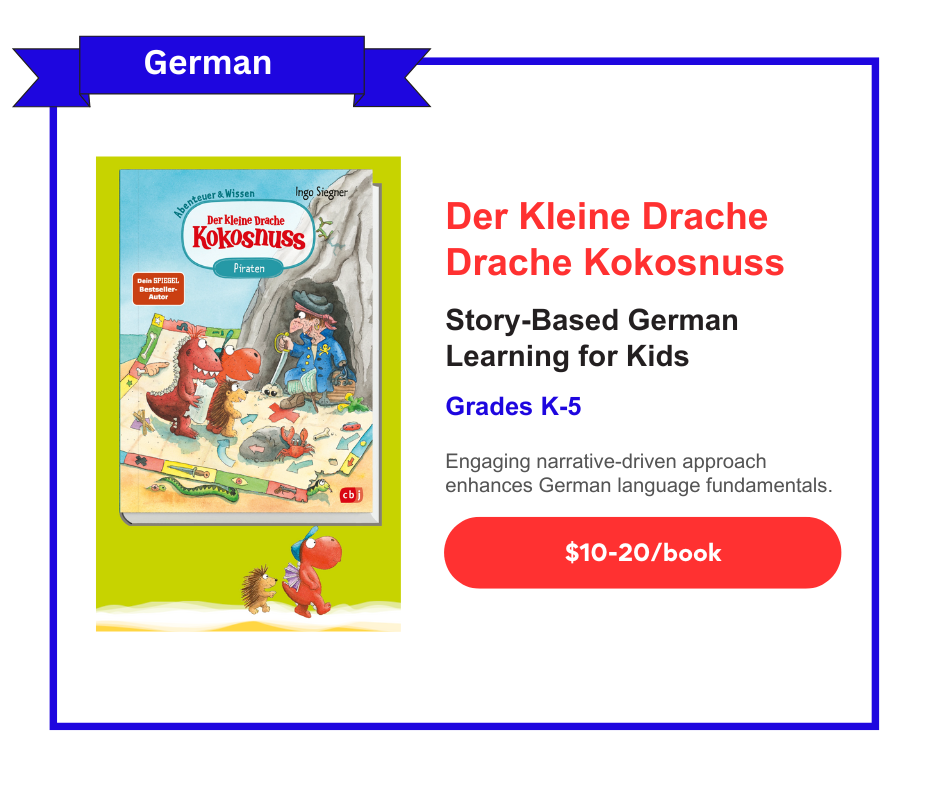
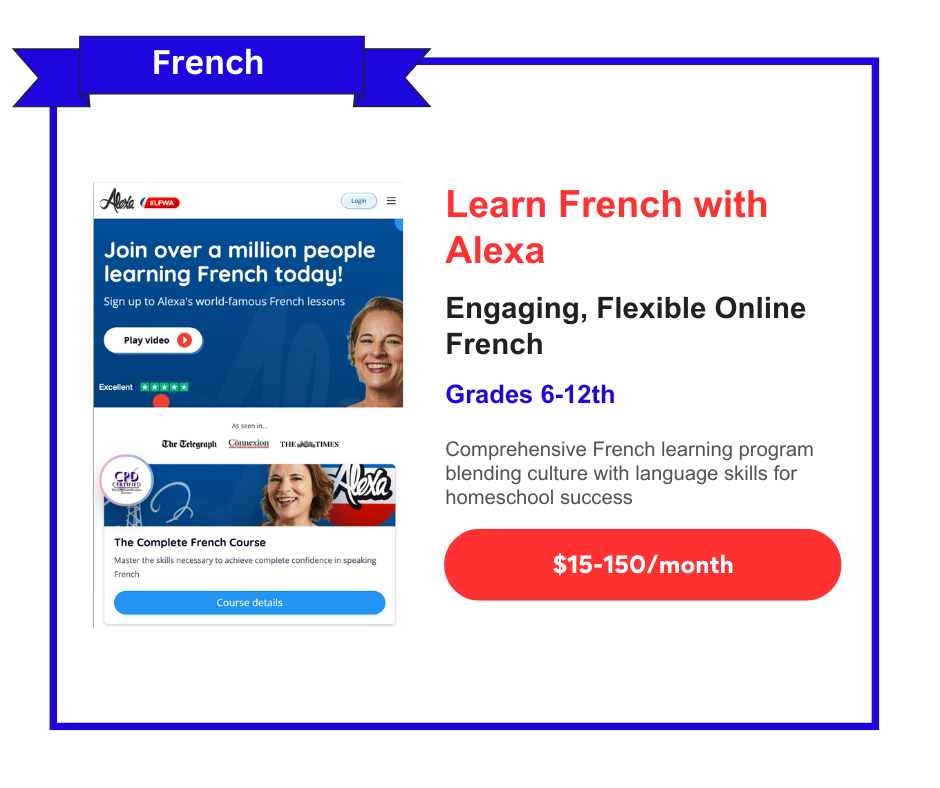


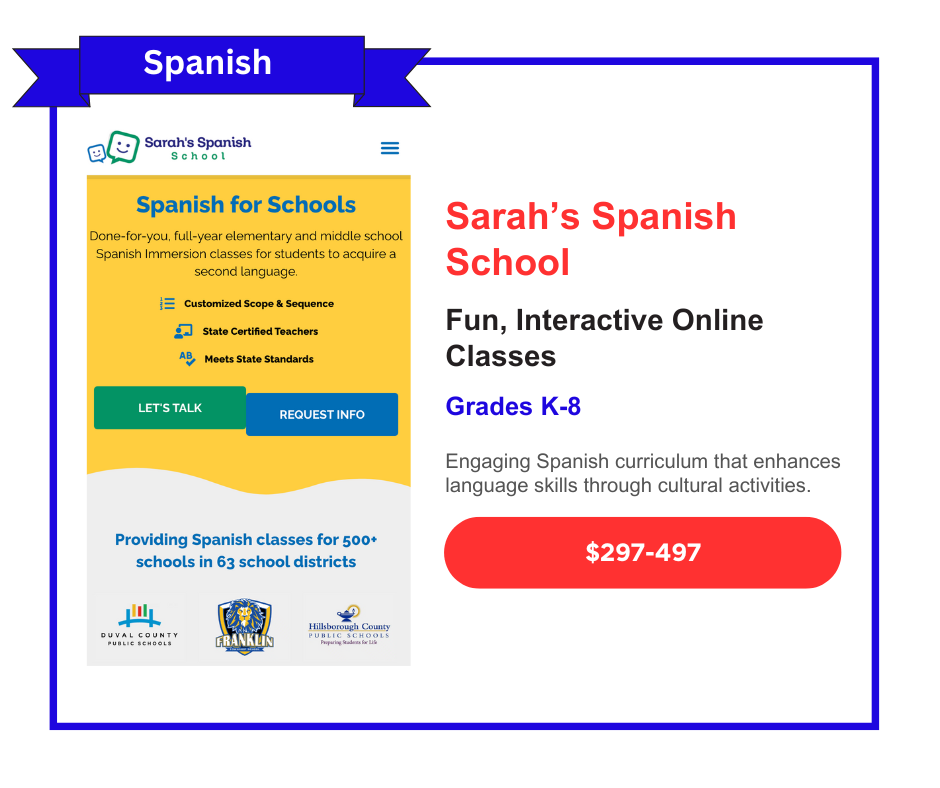
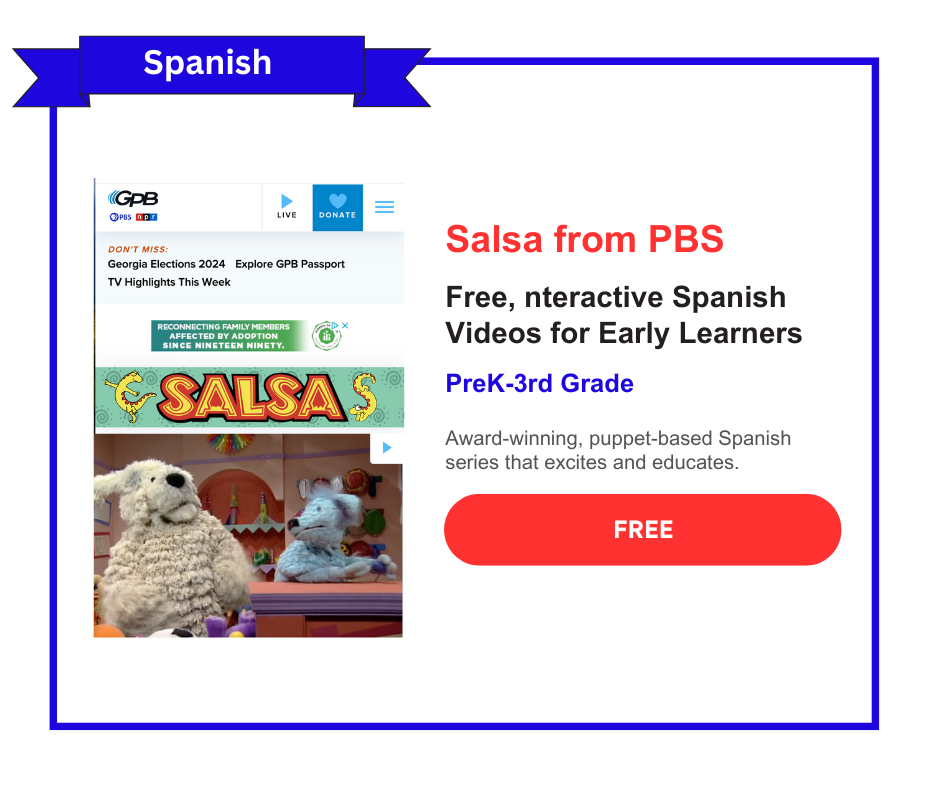
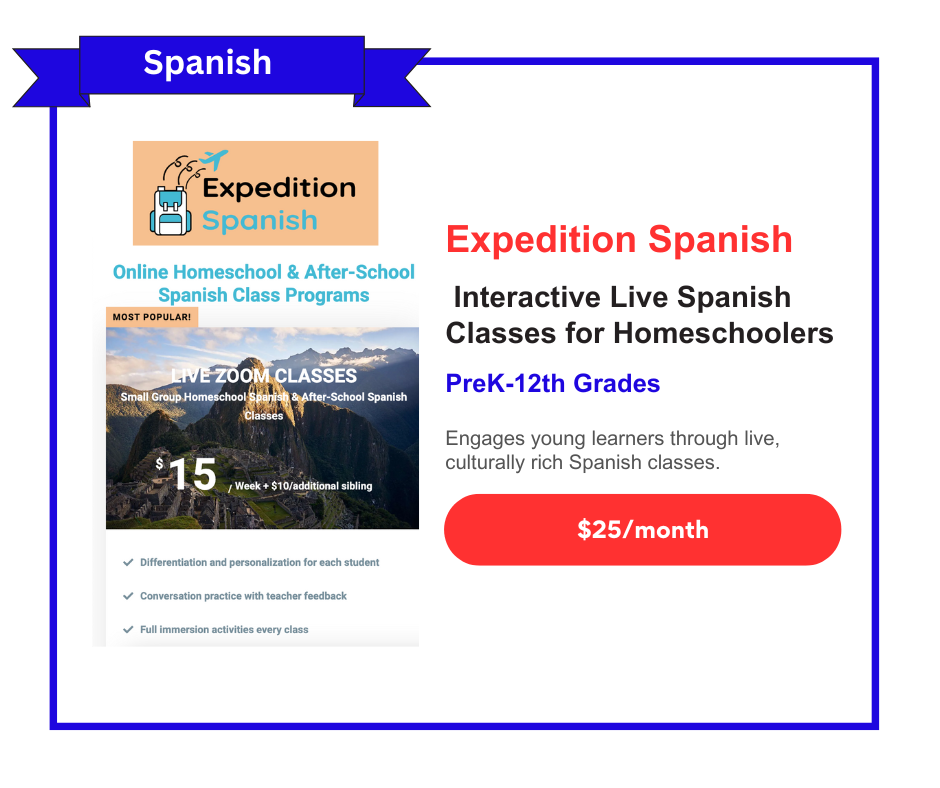
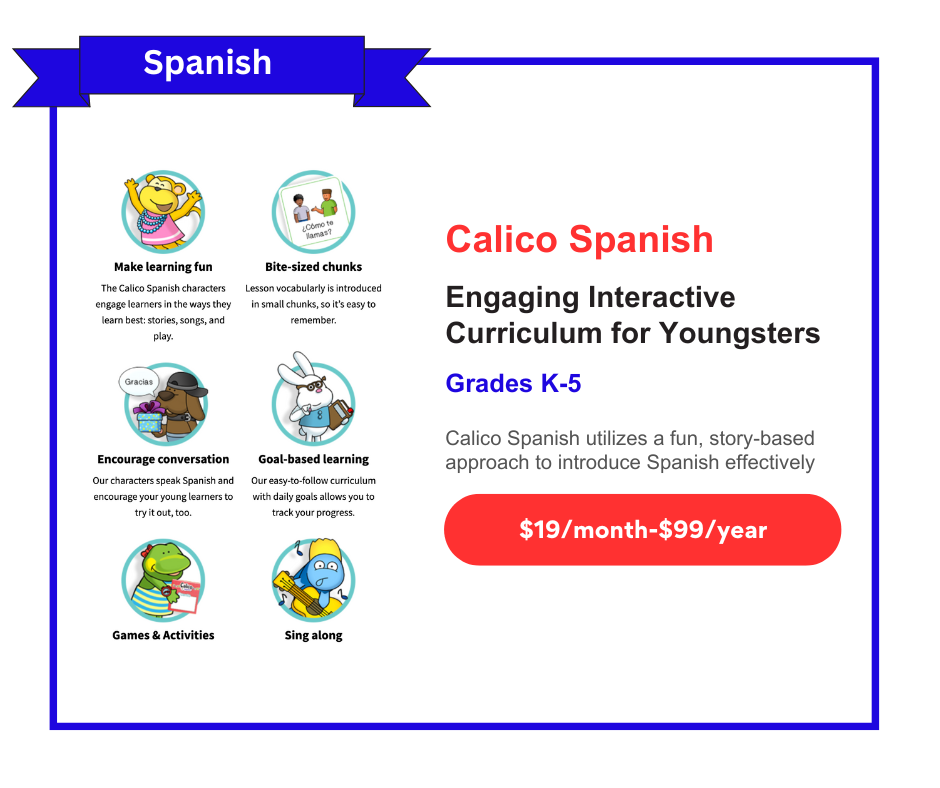

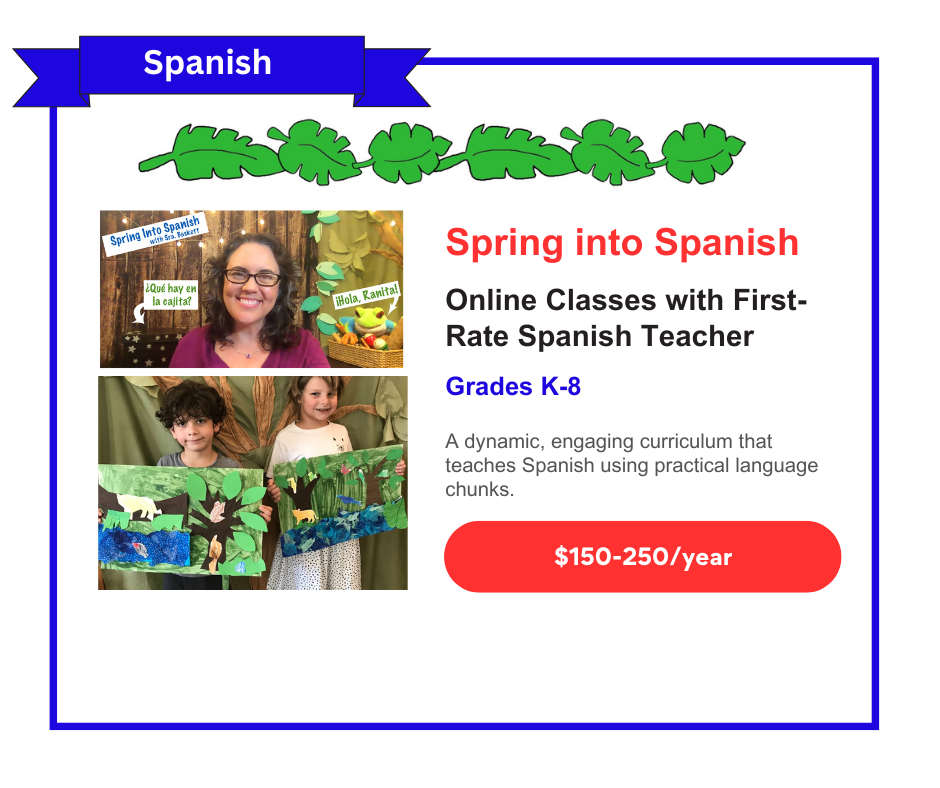

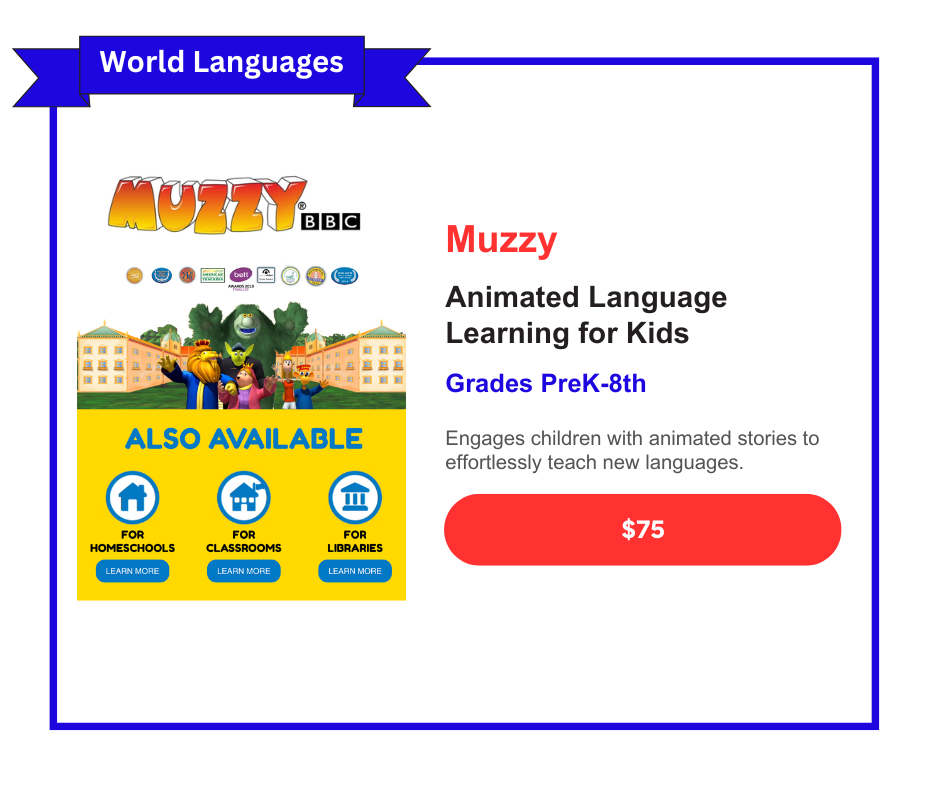

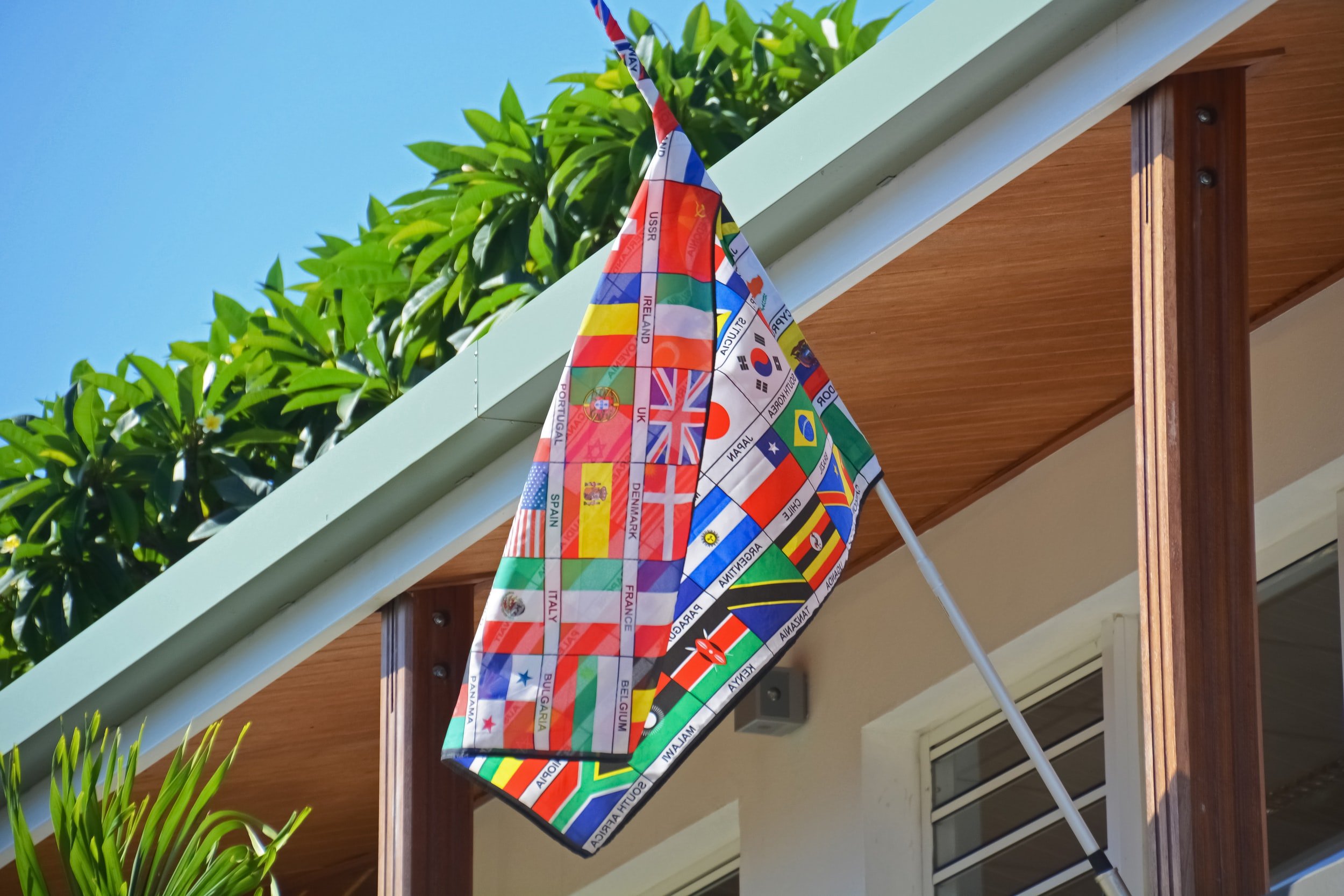

Explore how Duolingo transforms language learning into an engaging, gamified experience with our comprehensive review, ideal for homeschoolers seeking a flexible educational tool.